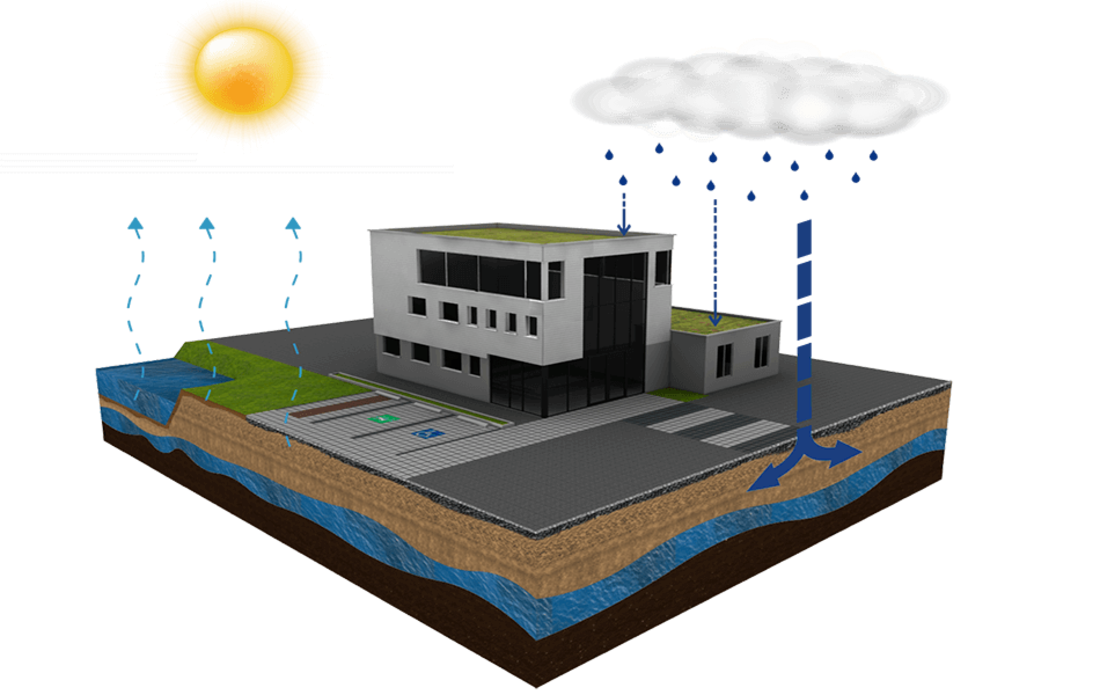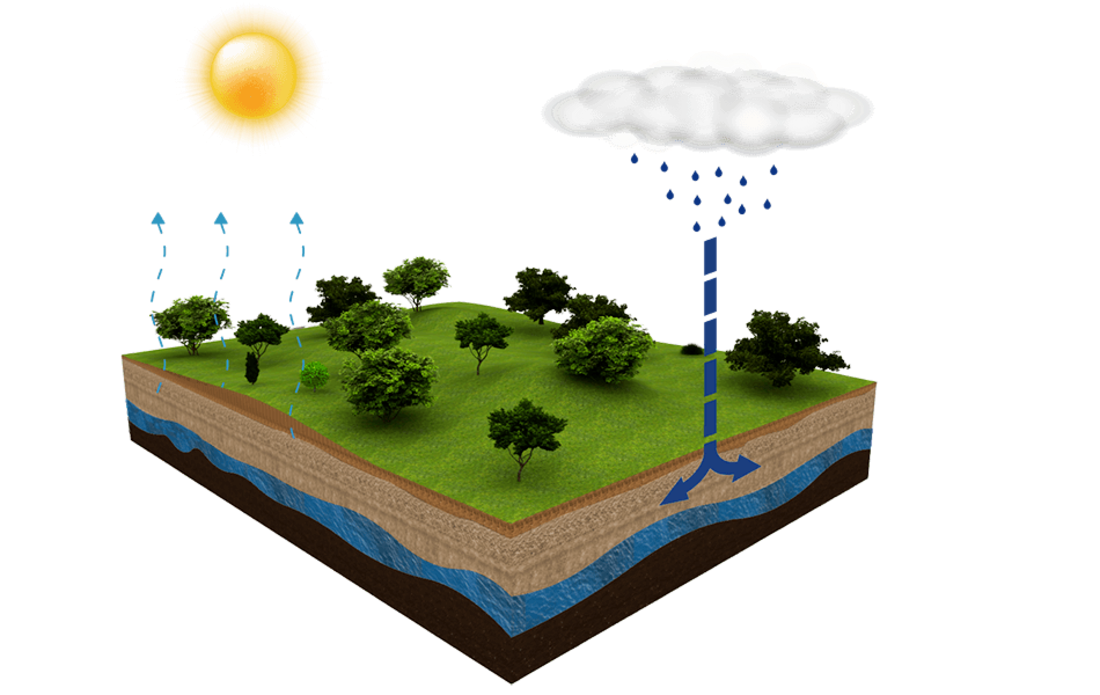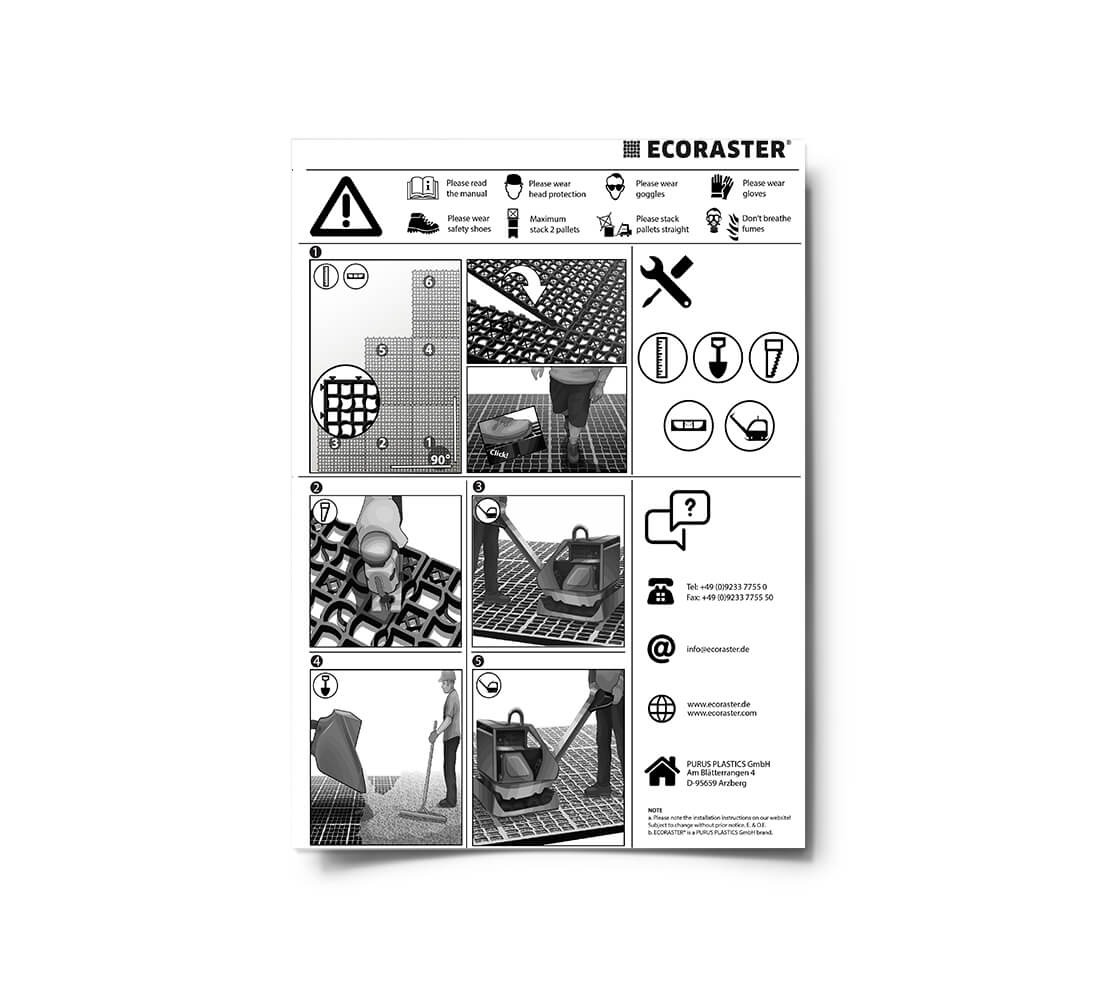How to protect land for the long term while making it usable.
Overflowing drainage systems, flooded city centers and expensive rainwater retention projects are testament to the fact that permeable ground stabilization is not just a fashionable trend, but a necessity. Especially in our residential and traffic areas, permeable surfaces make a valuable and sustainable contribution to mitigating the ecological and economic consequences of heavy rainfall or hot temperatures.
















